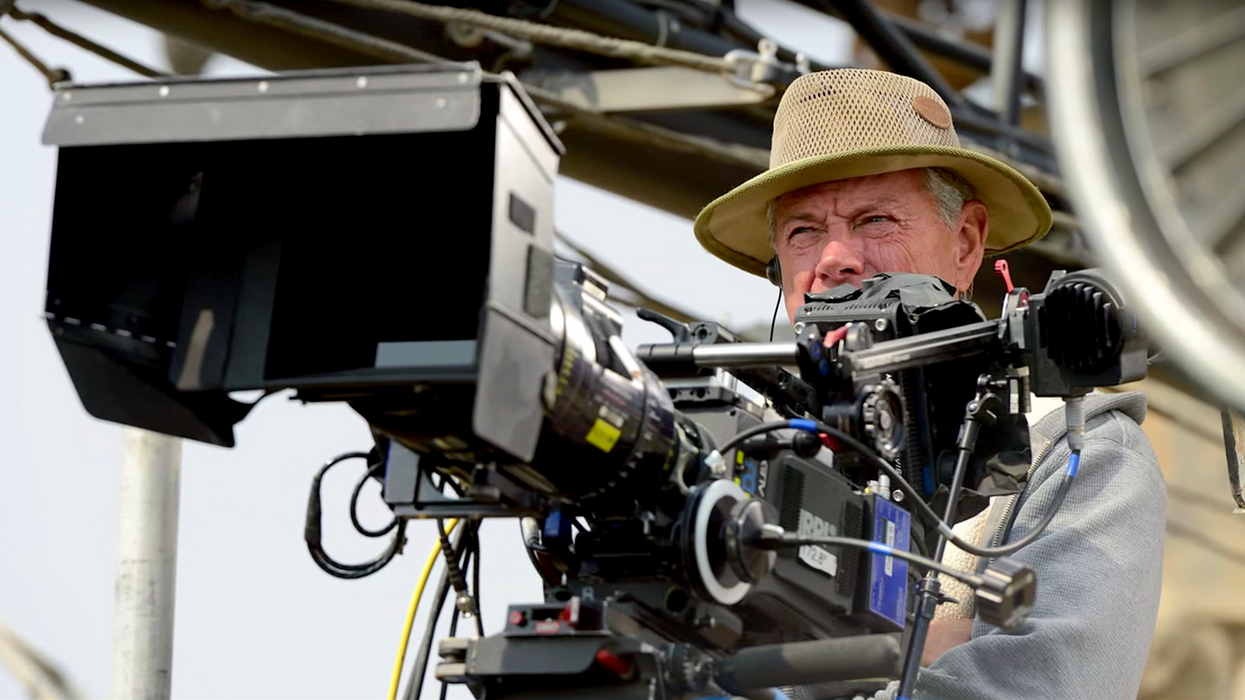An In-Depth Look at the Cinematography of 'Mad Max: Fury Road'
When Mad Max: Fury Road hit theaters earlier this year, it made a huge splash thanks to its thrilling practical effects and stunts. Now let's take a closer look at the film's cinematography.

Though the previous Mad Max films had been shot by Dean Semler, director George Miller tapped Oscar-winning Australian DP John Seale for the job of lensing Fury Road. And even though Seale was retired at the time, the gig was too good to pass up. After jumping aboard on the tail end of an extensive pre-production process, Seale packed his bags and headed to the film's primary location in the deserts of Namibia, where he subsequently turned 70 years old during production.
In a new Artisans video from Variety, Seale talks about the process of shooting Fury Road, how he wasn't given a script, but instead over 3500 storyboards, and why he chose to shoot with multiple cameras even though George Miller preferred a single-camera approach:
One of the interesting tidbits from the interview with Seale is his theory about what he calls "what if" films. These films are improvisatory, where the director and DP can make creative decisions on set, and make changes if needed. For Seale, Fury Road was the exact opposite of a "what if" film. Everything in this film was planned extensively and rigorously, and for the film to work as it was envisioned by Miller, that plan had to be carried out exactly as it was. The main takeaway here is that some films are "what if" films, and others definitely are not. As a cinematographer, it's important to know which kind you're working on because that will inform the way that you approach the preparation and the production.
If you're interested in more technical information about this film's cinematography, here's a fantastic Q&A that Seale, alongside the film's 2nd Unit DP David Burr, did for the Australian Cinematographers Society. Sadly, the video can't be embedded here, but if you follow that link, you'll get two hours of in-depth conversation about the technical and aesthetic considerations that went into Fury Road's cinematography.
Source: Variety Artisans











